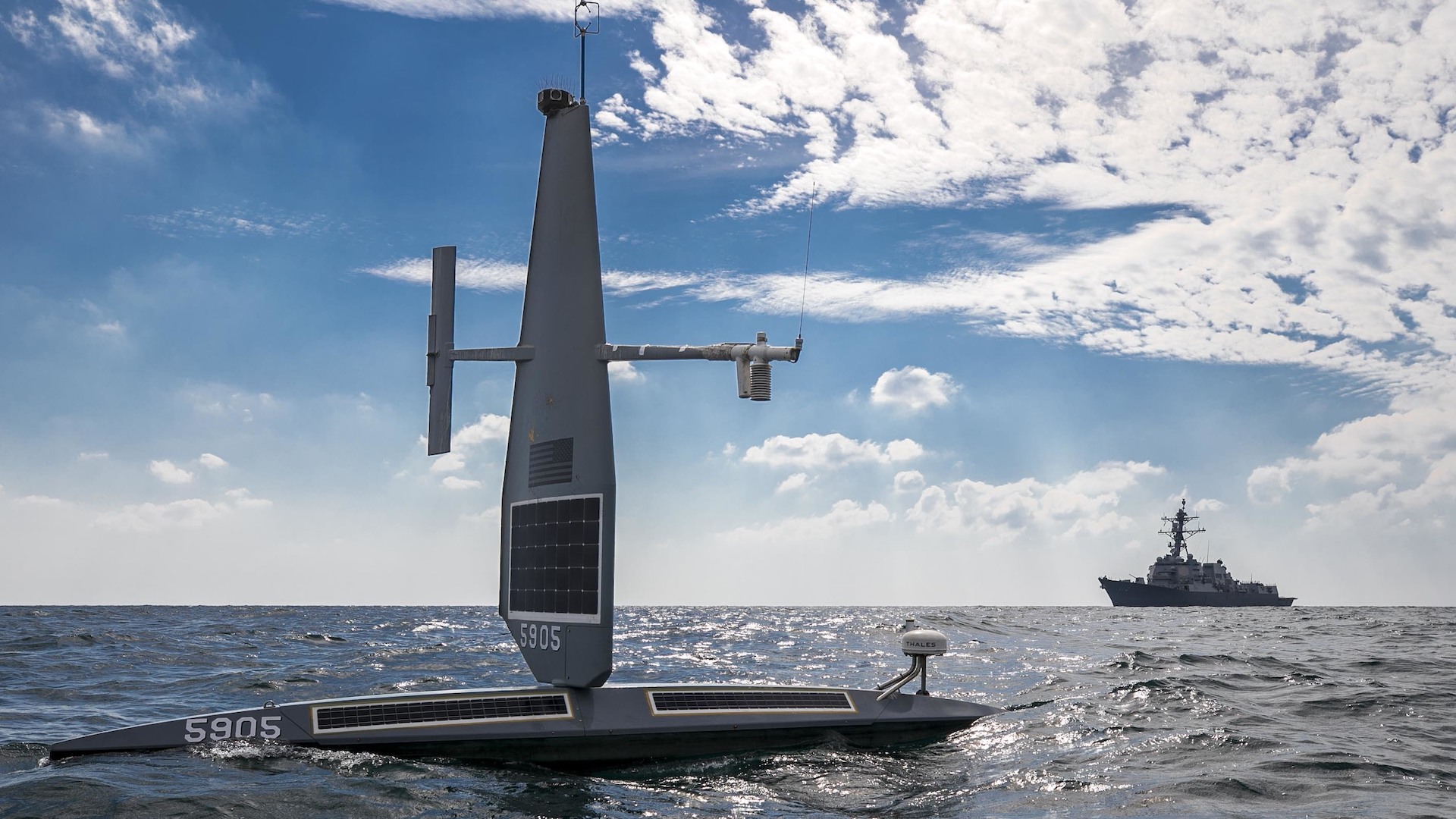

The U.S. Navy is currently in the midst of a high-tech overhaul of a Cold War era surveillance program meant to track hostile submarines.
The update to the Integrated Undersea Surveillance System is meant to modernize the massive underwater network of sensors, in order to better track submarines but also sea drones and other new high-tech weapons systems. The news, first reported by Reuters, comes as the U.S. military works to build up defensive installations and warning systems throughout the Pacific.
The original system dates back to the middle of the 20th Century, with a series of cables underwater meant to track enemy submarines. The Sound Surveillance System as it was called started in the 1950s but grew, with a new name as the Navy added underwater sonar arrays on its ships. In the 1980s the IUSS comprised not just the sensors but also a network of nearly three dozen monitoring stations where Navy personnel analyzed data to track submarines, mainly Soviet ones.
Subscribe to Task & Purpose Today. Get the latest military news and culture in your inbox daily.
The new upgrades to the IUSS, per Reuters, include underwater and outer space sensors that can scan for submarines as well as their radio frequencies. Additionally artificial intelligence programs will be used to analyze data from the sensors at a quicker pace. In keeping with the Navy’s wider plans to utilize uncrewed ships and devices, sea drones will also patrol the waters, with their own onboard sensors.
It’s the latest move by the U.S. military to build up its capabilities in the Pacific. That has included expanding installations in sites such as Guam and the Philippines as well as shifting away from littoral combat ships to bigger peer-to-peer capable ships. The upgrades are in part due to a concern over China’s naval build up but also in response to the way sea drones and underwater tactics have been successfully used for attacks in the war in Ukraine, Reuters notes.
According to Reuters, the U.S. plans to sell Australia some of the sensors and equipment used for the IUSS upgrades for its own tracking and warning systems.
It’s unclear how far into the overhaul process the Navy is or when it is expected to be finished.
The existence of the IUSS was declassified in 1991 at the end of the Cold War, decades after it was created. However much of the inner workings and details of its operations remained secret. But as the years have passed, so too has submarine technology, making it harder for the older systems to track potentially hostile submarines. These upgrades are meant as a way to solve the problem.
The network of sensors recently was used for a very different reason. In June when the Titan submersible went missing — later ruled to have imploded killing all five people onboard — the IUSS’ sensors actually detected the sound of the implosion when it happened.
The latest on Task & Purpose
- How a Native Alaskan became a legendary Navy SEAL
- Military secrets leaked on ‘War Thunder’ forums yet again
- US Navy decommissions another littoral combat ship, the USS Milwaukee
- Who will be the president’s top military adviser after Gen. Milley retires?
- 4,500 3rd Infantry Division soldiers deploying to Eastern Europe